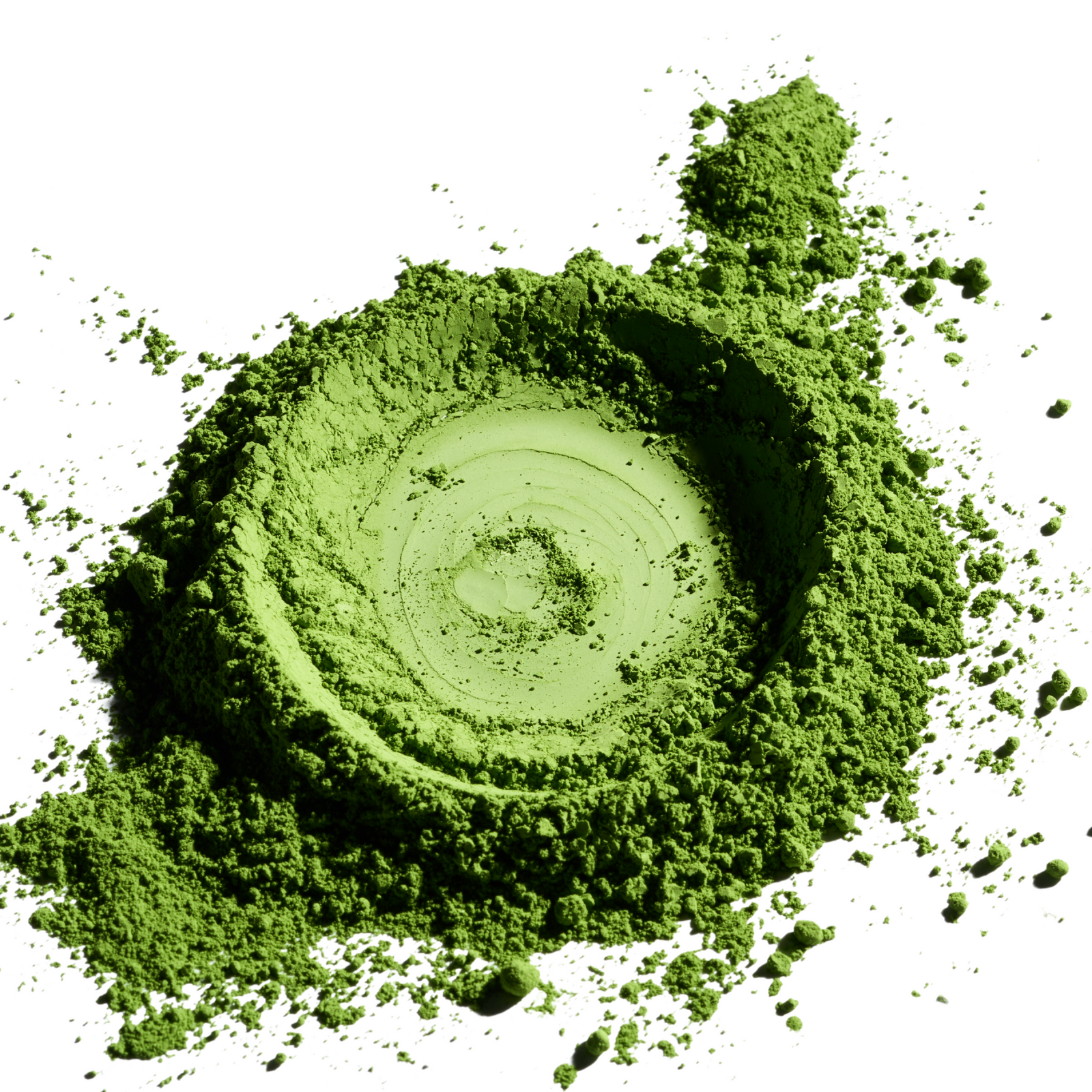our matcha

Our Matcha
At MowchinGoods, we believe matcha should be simple, premium, and enjoyable every day. That’s why we source only ceremonial-grade, first-harvest matcha from Japan—known for its vibrant green color, smooth taste, and naturally uplifting qualities. From the first scoop to the last sip, our matcha is designed to turn an everyday drink into a moment you’ll look forward to.
Our Benefits
Matcha has been enjoyed in Japan for centuries, not only for its flavor but also for how it makes you feel. Unlike coffee, which can bring jitters and crashes, matcha offers a balanced kind of energy—calm, focused, and long-lasting. Rich in antioxidants, vitamins, and L-theanine, it helps support wellness, clarity, and mindfulness in your daily routine.
For us, the benefits go beyond health—it’s about creating a small ritual that grounds you, fuels you, and adds joy to your day.












